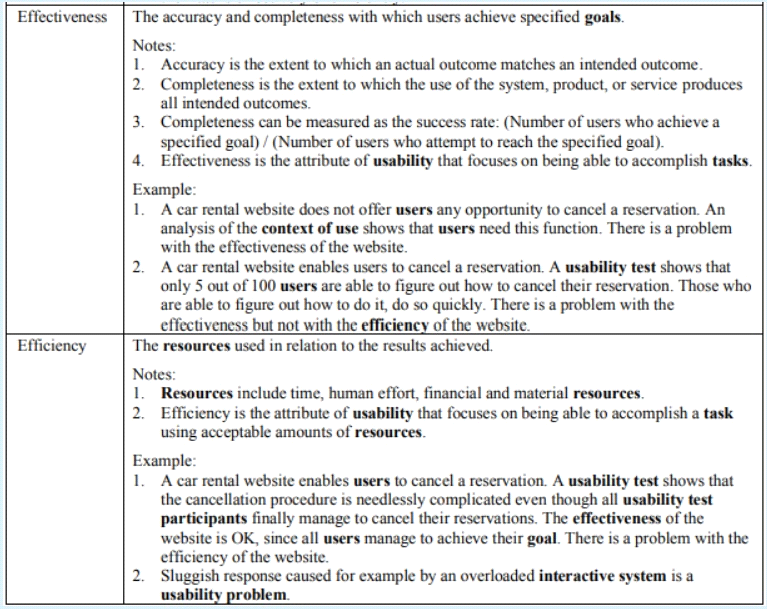Deal of The Day! Hurry Up, Grab the Special Discount - Save 25% - Ends In 00:00:00 Coupon code: SAVE25
iSQI Exam CPUX-F Topic 2 Question 22 Discussion
Actual exam question for
iSQI's
CPUX-F exam
Question #: 22
Topic #: 2
[All CPUX-F Questions]
Topic #: 2
Which two of the following statements best describe why it's important to distinguish between tasks and subtasks?
Suggested Answer:
D
ISO 9241 -A family of standards covering human-centred design.
Note: 1.
ISO 9241 includes standards related to
a. Software ergonomics;
b. The human-centred design process;
c. Displays and display related hardware;
d. Physical input devices;
e. Workplace ergonomics;
f. Environment ergonomics;
g. Control centres

Alise
3 months agoKattie
23 days agoHelaine
28 days agoNelida
1 months agoMohammad
1 months agoStaci
3 months agoJamie
3 months agoCarlene
2 months agoNieves
2 months agoDesire
2 months agoNada
3 months agoLeila
2 months agoGail
3 months agoCarol
3 months agoEloisa
4 months agoJohana
2 months agoBernardo
3 months agoJaney
4 months agoTora
4 months agoJaney
4 months ago